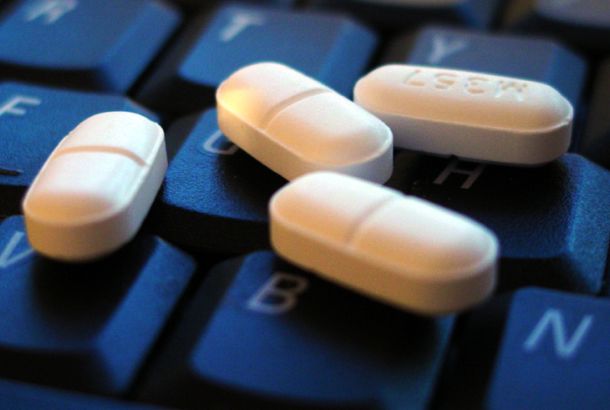Since its establishment in 2006 The Warehouse Project’s reputation has been in steady decline. The use of hard drugs such as ecstasy and MDMA have tainted the party atmosphere, with the event and drug use going hand in hand in most peoples minds. The Project has a capacity for five thousand entrants with tickets costing around £20 each.
The approximate £100,000 gross profit helps WHP to employ their own private security team that consists of security guards, sniffer dogs and they even go to the lengths of having medical personal on stand by in case of any emergencies. Despite these efforts, attendees have reported there is still a heavy drug presence on site and things took a tragic turn at this years opening event, when a 30 year old man died after taking tainted ecstasy. Another 15 people were admitted to the Manchester Royal Infirmary that weekend, all linked to the same dose of ecstasy.
Although the involvement of drugs in previous incidents at The Warehouse Project has been undetermined, the incidents in September were most definitely caused by drugs being consumed before or during the event. One of the timeless problems of using any drugs is the uncertainty of exactly what the substance is made up of. All kinds of things, from rat poison to household baking flour, have been found in samples of drugs. In the case of the ecstasy taken at WHP, it is thought that instead of containing MDMA, the drug was made up from PMA (para-methoyxamphetamine). The chemical has shown to give off similar physiological effects to MDMA but is far stronger and more toxic. While one of the side effects is a dramatic increase in body temperature, PMA also takes longer for any noticeable effects to take hold.
In response to recent events, Sacha Lord, one of the owners of the WHP called for the government to have an on-site testing facility to try and reduce the use of potentially deadly substances. Any drugs confiscated will be tested and any warnings resulting from this sent out on WHP’s social media networks. Although in theory this is a great scheme that deals with many of the issues at hand, it throws up questions about both practicality and ethics.
There is a clear argument for suggesting that the testing of drugs seized legitimises their use to a certain extent. For example, if there are no warnings sent out to the attendee’s on a particular night then the use will continue and could expand due to an atmosphere of false security. Similarly, by externally addressing the safety of drug users at the event, the organisers seem to condone their use to a degree.
Furthermore, there is no evidence to suggest that the warnings will be acknowledged by users, given the variety of drugs in circulation. If a warning about a batch of MDMA went out at a particular event, how would one know if it was linked to the substance that they had in their possession? Alongside the risk of an ‘ignorance is bliss’ culture developing at the Project, this extra warning system may only have a very little impact. There is also a challenge in judging the effectiveness of the system, as there has only been one death directly linked to WHP and drug use.
For anyone to argue that drug use is not a problem at WHP would be naïve on their part. For there to be only one tragic incident in the Project’s seven-year history seems to be nothing but a stroke of luck. The owners would claim other wise and would say that the security operation is highly efficient. If this is the case, why are so many people able to enter the venue under the influence of drugs or even purchase illegal substances when inside the event as some reports have suggested? Of course, it would be unfair to put the entirety of the blame on the organisers, but a certain degree of responsibility must lie on their shoulders.
Naturally, it is impossible for the security services at the WHP to be aware and in control of every single case of drug use at each event and it is safe to say that a strong effort is made to protect the people who attend. However, is enough being done to limit drug use in the first place? And will the new system be of any use? Time will tell with the on-site testing coming into place from the 12th October.







